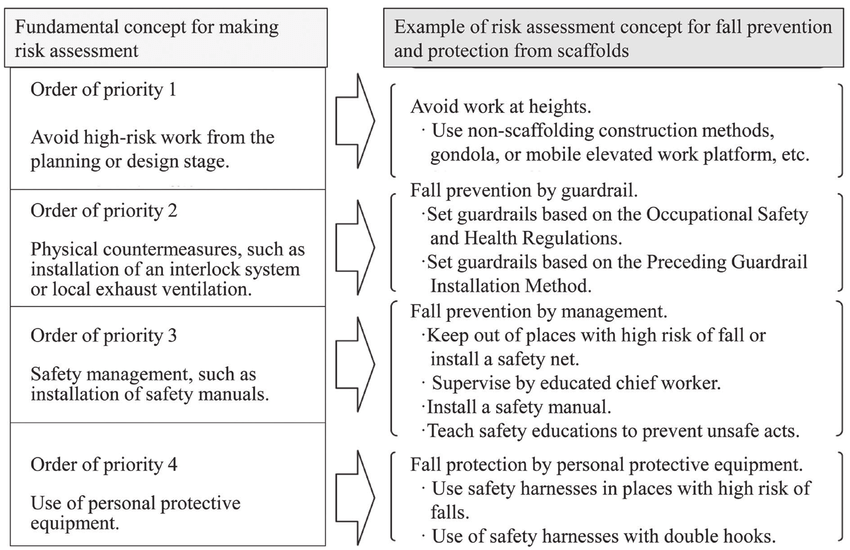The Buzz on Dementia Fall Risk
The Buzz on Dementia Fall Risk
Blog Article
What Does Dementia Fall Risk Mean?
Table of ContentsNot known Factual Statements About Dementia Fall Risk The 8-Minute Rule for Dementia Fall RiskRumored Buzz on Dementia Fall RiskDementia Fall Risk Things To Know Before You Get This
A fall danger evaluation checks to see how most likely it is that you will certainly fall. It is mostly done for older grownups. The analysis usually includes: This includes a series of concerns regarding your total wellness and if you've had previous drops or troubles with balance, standing, and/or strolling. These tools test your toughness, equilibrium, and gait (the method you stroll).Interventions are recommendations that may minimize your risk of dropping. STEADI includes 3 steps: you for your threat of dropping for your danger elements that can be enhanced to try to avoid falls (for example, balance problems, damaged vision) to lower your danger of falling by making use of effective approaches (for instance, providing education and learning and resources), you may be asked several inquiries including: Have you dropped in the previous year? Are you stressed regarding falling?
You'll sit down once again. Your service provider will inspect how much time it takes you to do this. If it takes you 12 seconds or more, it might indicate you are at greater danger for a loss. This examination checks stamina and equilibrium. You'll being in a chair with your arms crossed over your breast.
Move one foot midway ahead, so the instep is touching the huge toe of your other foot. Relocate one foot totally in front of the various other, so the toes are touching the heel of your various other foot.
All about Dementia Fall Risk
Many drops take place as an outcome of several adding aspects; for that reason, handling the danger of dropping begins with determining the factors that contribute to fall danger - Dementia Fall Risk. A few of one of the most relevant danger aspects include: History of prior fallsChronic clinical conditionsAcute illnessImpaired stride and equilibrium, lower extremity weaknessCognitive impairmentChanges in visionCertain high-risk medicines and polypharmacyEnvironmental elements can likewise raise the risk for falls, consisting of: Insufficient lightingUneven or damaged flooringWet or slippery floorsMissing or damaged handrails and get hold of barsDamaged or incorrectly equipped devices, such as beds, mobility devices, or walkersImproper use assistive devicesInadequate supervision of the individuals residing in the NF, consisting of those that show aggressive behaviorsA successful fall danger administration program needs a thorough scientific analysis, with input from all participants of the interdisciplinary group

The care plan ought to also consist of treatments that are system-based, such as those that advertise a safe environment (suitable lighting, handrails, get bars, etc). The efficiency of the treatments must be examined regularly, and the care plan revised as necessary to mirror adjustments in the loss danger evaluation. Carrying out an autumn risk management system using evidence-based ideal technique can minimize the occurrence of falls in the NF, while limiting the potential for fall-related injuries.
Unknown Facts About Dementia Fall Risk
The AGS/BGS guideline suggests screening all grownups aged 65 years and older for autumn risk Our site each year. This testing includes asking individuals whether they have dropped 2 or more times in the past year or looked for medical focus for an autumn, or, if they have actually not fallen, whether they really feel unsteady when walking.
Individuals who have actually dropped when without injury needs to have their equilibrium and gait evaluated; those with stride or equilibrium irregularities ought to receive added evaluation. A background of 1 autumn without injury and without gait or balance problems does not call for more assessment beyond continued annual autumn threat screening. Dementia Fall Risk. An autumn risk evaluation is called for as part of the Welcome to Medicare exam

Not known Factual Statements About Dementia Fall Risk
Documenting a falls history is one of the quality indicators for fall avoidance and monitoring. A critical component of threat evaluation is a medication evaluation. Several classes of drugs see this here raise loss danger (Table 2). Psychoactive medications specifically are independent predictors of drops. These medicines have a tendency to be sedating, change the sensorium, and impair balance and gait.
Postural hypotension can frequently be reduced by decreasing the dosage of blood pressurelowering medications and/or quiting drugs that have orthostatic hypotension as a negative effects. Usage of above-the-knee assistance hose pipe and sleeping with the head of the bed boosted may additionally minimize postural reductions in blood stress. The advisable aspects of a fall-focused physical exam are revealed in Box 1.

A TUG time higher than or equivalent to 12 seconds recommends high loss threat. The 30-Second Chair Stand test evaluates lower extremity toughness and equilibrium. Being incapable to stand up from a chair of knee height without making use of one's arms indicates raised fall danger. The 4-Stage Balance examination assesses fixed equilibrium by having the client stand in 4 placements, each progressively much more tough.
Report this page